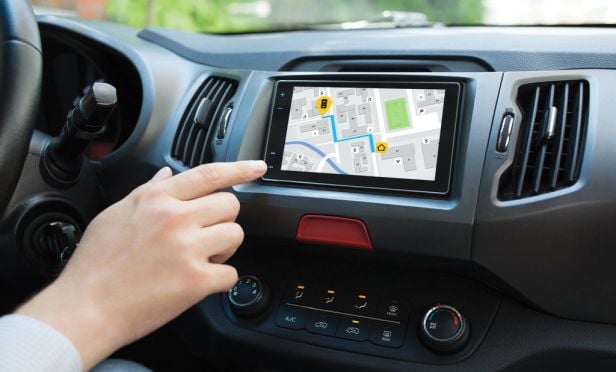
As self-driving cars become more popular in mainstream society, they're also raising lots of questions about safety. One of the more interesting involves the inevitable accidents and how blame will be assigned. This is important because in the car insurance industry, blame helps determine which insurance company pays for damages.
Is a human driver free of blame if a vehicle was on autopilot at the time of a crash? Does the maker of the car assume liability? Or should the driver or passenger be expected to step in and resolve any issues before they result in an accident? Is there any precedent for this sort of thing? Let's take a look.
|Automakers are confident
Automakers and the tech companies behind self-driving cars are extremely confident in their creations. Tesla, one of the most famous proponents of autonomous vehicles, is so sure of the safety of its vehicles that it has started offering insurance for life for purchasers of new Tesla vehicles. Waymo, a division of Google's parent company Alphabet, also recently announced a similar initiative, providing insurance free of cost to passengers in Waymo's autonomous ride-hailing vehicles.
Recommended For You
Want to continue reading?
Become a Free PropertyCasualty360 Digital Reader
Your access to unlimited PropertyCasualty360 content isn’t changing.
Once you are an ALM digital member, you’ll receive:
- Breaking insurance news and analysis, on-site and via our newsletters and custom alerts
- Weekly Insurance Speak podcast featuring exclusive interviews with industry leaders
- Educational webcasts, white papers, and ebooks from industry thought leaders
- Critical converage of the employee benefits and financial advisory markets on our other ALM sites, BenefitsPRO and ThinkAdvisor
Already have an account? Sign In Now
© 2025 ALM Global, LLC, All Rights Reserved. Request academic re-use from www.copyright.com. All other uses, submit a request to [email protected]. For more information visit Asset & Logo Licensing.








